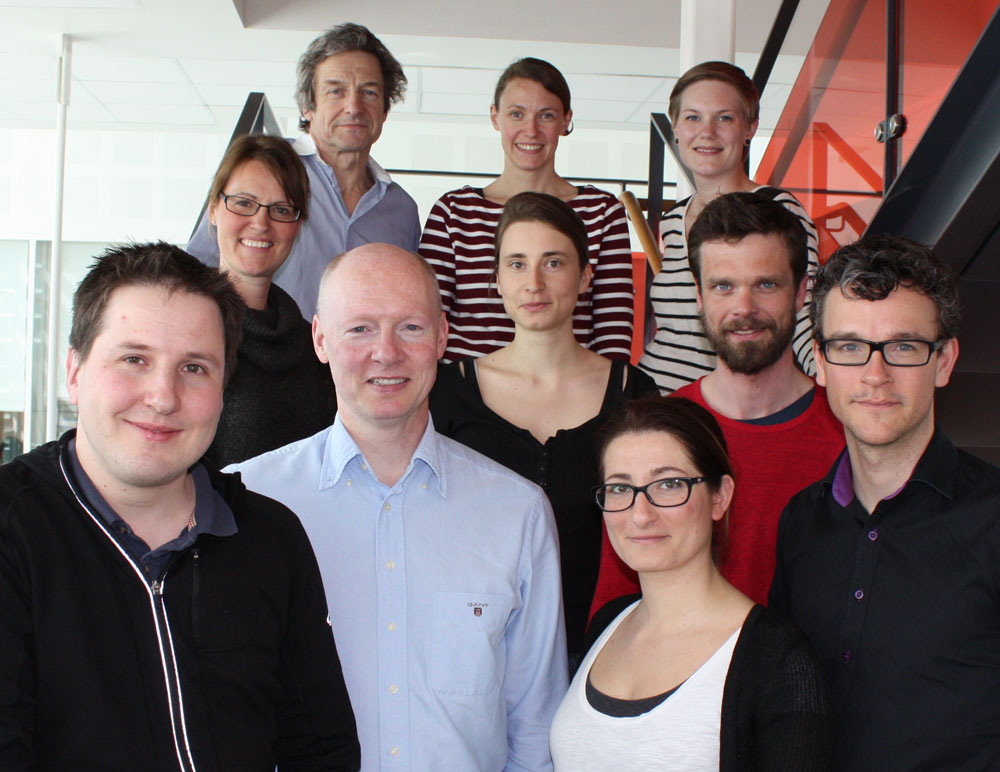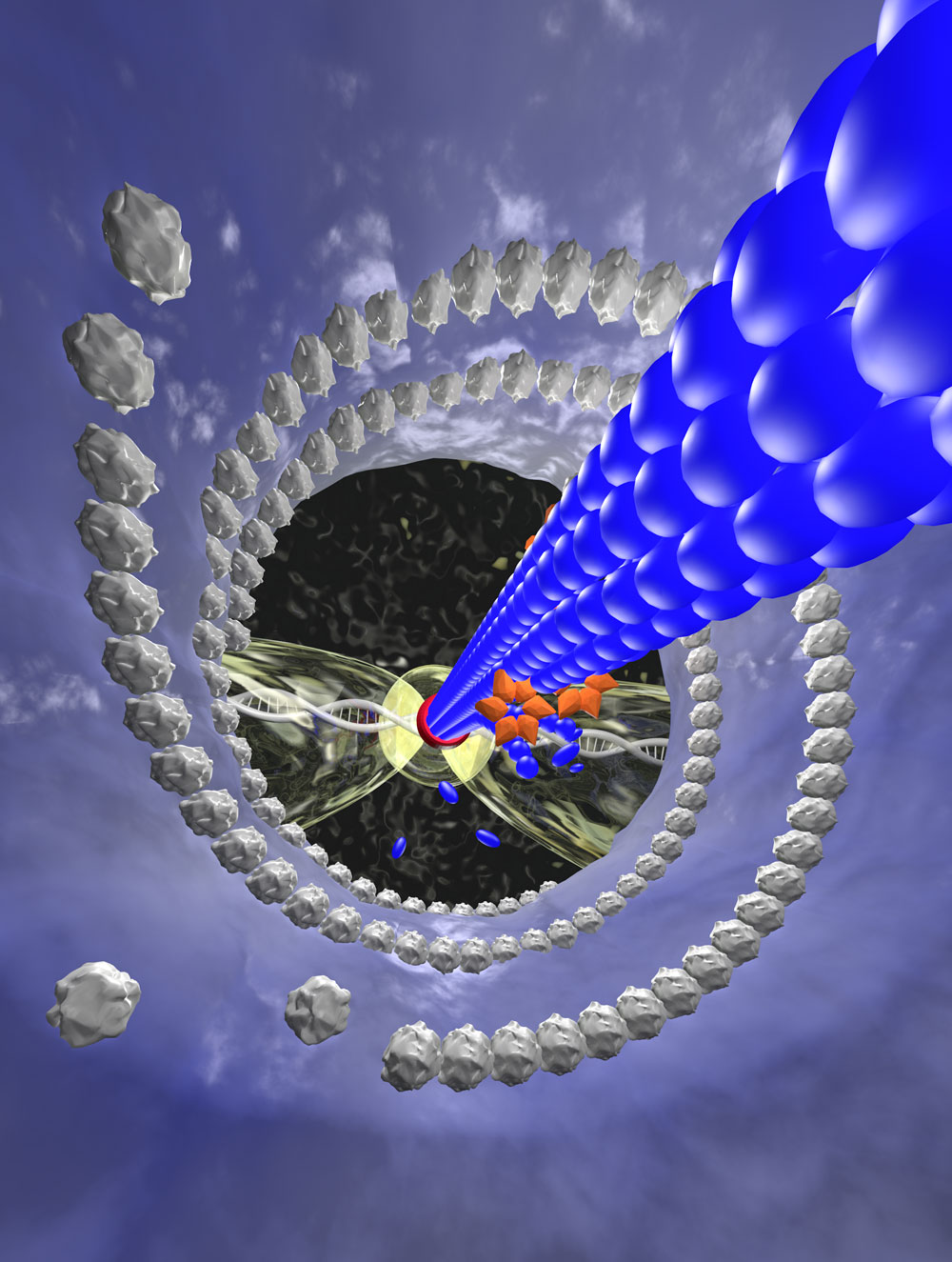Nature article from Marina Vietri: Sealing holes in the nuclear envelope as a mechanism to protect the genome

In a recent article in Nature (journal impact factor 42.35), published on-line 3rd June, PhD student Marina Vietri and her co-workers in Harald Stenmark's group at Centre for Cancer Biomedicine and Institute for Cancer Research have uncovered a new cellular mechanism that contributes to keep our genome intact.
The remarkable findings are commented in a "News and views" article in the same Nature issue.
The paper is gaining attention in the media. The Norwegian Broadcasting Corporation (NRK) has already written an article entitled "Norwegian researchers have uncovered mystery behind cell division, about how "ground-breaking reseach explains how the cell protects it's DNA during cell divison".
During cell division, the nuclear envelope breaks down so that duplicated chromosomes can be separated by the microtubule-containing spindle apparatus. Upon completion of this process, in anaphase, new nuclear envelopes are formed around the two daughter nuclei, and the mitotic spindle is disassembled by a mechanism that has not been known. Vietri and her co-workers noticed that certain subunits of a protein complex known as endosomal sorting complex required for transport (ESCRT) accumulate around the reforming daughter nuclei in anaphase. This observation made them uncover a mechanism whereby ESCRT proteins coordinate nuclear envelope sealing and mitotic spindle disassembly. The ESCRT proteins are recruited to points in the reforming nuclear envelope that are intersected by microtubules. Here, they recruit an enzyme, Spastin, that severs microtubules. The remaining holes in the nuclear envelope are then sealed by the membrane-healing activity of the ESCRT proteins.
Vietri and co-workers also addressed what happens if this process goes wrong. By interfering with normal ESCRT functions during anaphase, the researchers observed that DNA becomes damaged, so evidently the novel mechanism of spindle disassembly and nuclear envelope sealing is important for keeping our genome safe.
Because genome instability is strongly connected to cancer development, it will now be interesting to examine which roles the ESCRT machinery play in preventing cancer.
Links:
Spastin and ESCRT-III coordinate mitotic spindle disassembly and nuclear envelope sealing
Marina Vietri, Kay O. Schink, Coen Campsteijn, Catherine Sem Wegner, Sebastian W. Schultz, Liliane Christ, Sigrid B. Thoresen, Andreas Brech, Camilla Raiborg & Harald Stenmark
Nature (2015) doi:10.1038/nature14408
Published online 03 June 2015
NATURE | NEWS & VIEWS
Cell biology: Nuclear dilemma resolved
Brian Burke
Nature (2015) doi:10.1038/nature14527
From the Norwegian Broadcasting Corporation - NRK (in Norwegian)
Norske forskarar har avdekka mysterium bak celledeling (translated to "Norwegian researchers have uncovered the mystery behind cell division")
Home page of Harald Stenmark's group - Cellular membrane dynamics
Department of Molecular Cell Biology
